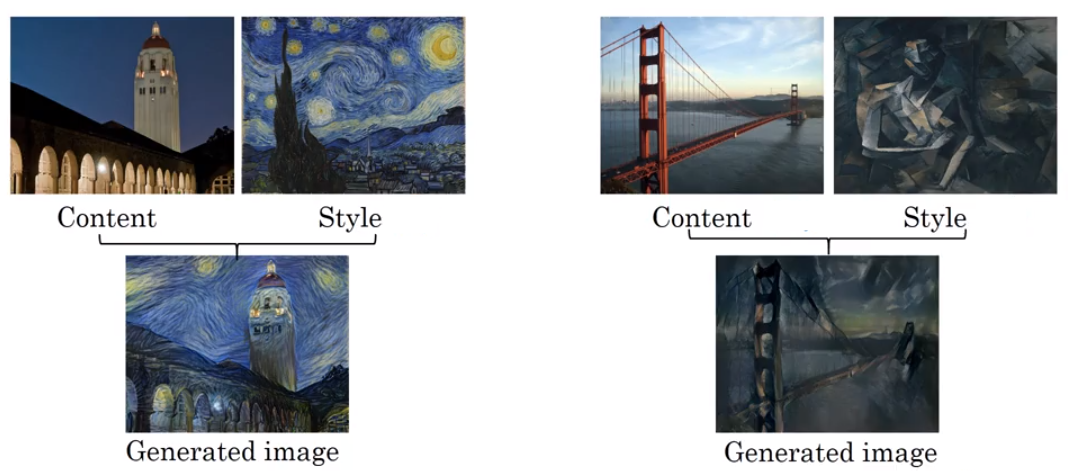It's a Date
Hey, I’m Jim! I’m not the regular author of this blog, nor do I know as much about movies or metrics as Nick. However, he was still kind enough to lend me this space for a minute to share one of my musings.
Tracking The Office
It always happens to me halfway through binge-watching a show. I see Rick Grimes six-gun another ~~zombie~~ walker in The Walking Dead and I think “I should have been keeping track of his kills this whole time”. Or keeping track of the rules to True American in New Girl. Etc. But by the time I think to do this it’s too late, and I don’t watch shows over again – at least not paying the same amount of attention.
But if there’s one show that’s good enough to warrant multiple rewatches, it’s The Office. I thought about what I could measure – there’s no killing (at least [1] nothing [2] confirmed [3]), and most of the silly games only last one episode. Despite how amazing The Office is, the plot itself is pretty boring. So, I decided to make an equally boring choice and keep track of which dates and days of the week episodes take place. It isn’t a zombie body count or a game to play with friends, but it’s still a) The Office, and b) data, so it’s fun (for me).


